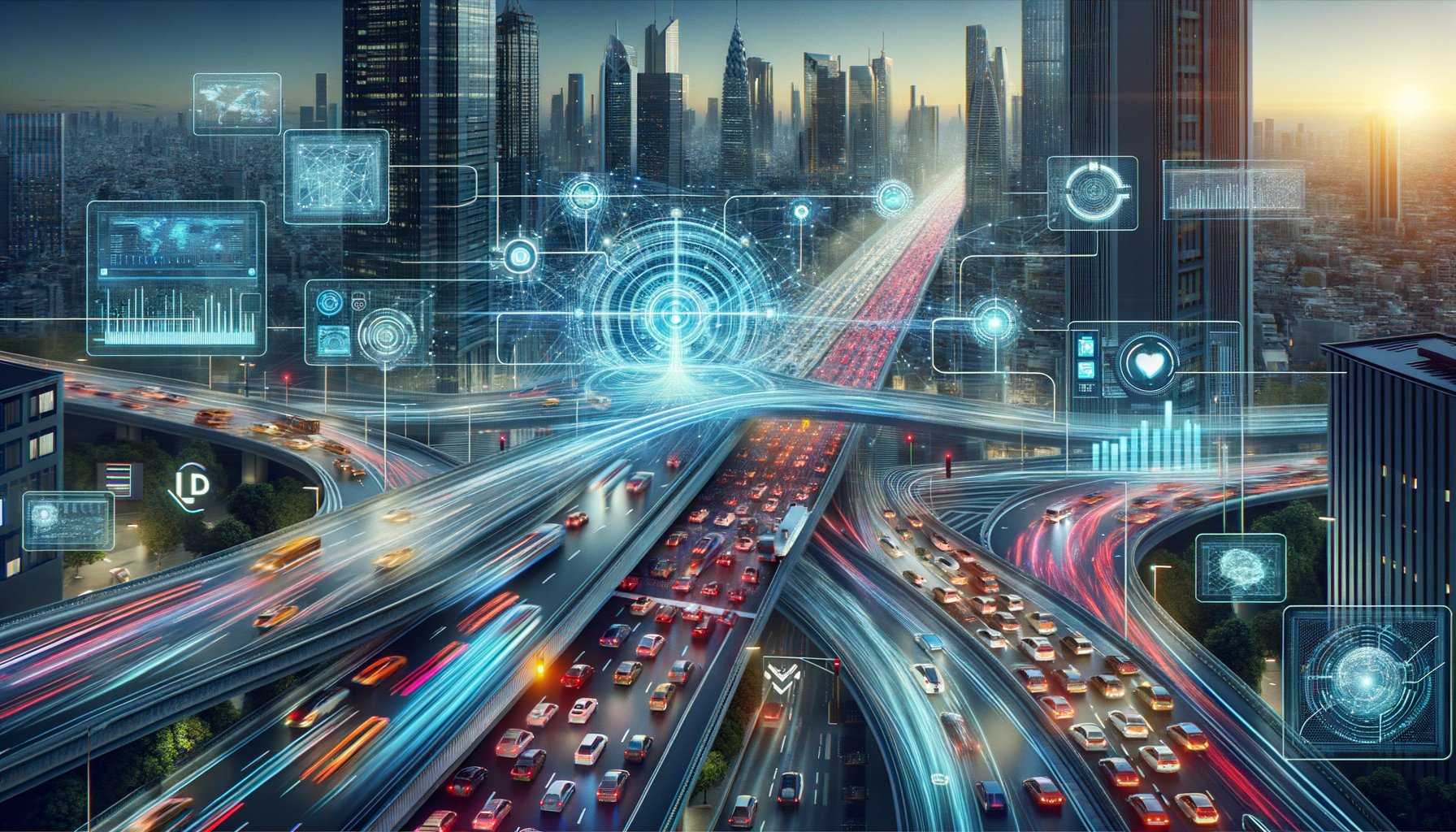Physical Address
304 North Cardinal St.
Dorchester Center, MA 02124
Physical Address
304 North Cardinal St.
Dorchester Center, MA 02124

The modern world is teeming with vehicles, making traffic congestion an inevitable part of our daily lives. However, advancements in technology are paving the way for efficient traffic flow and management, promising a future where gridlock could be a thing of the past. In this article, we delve into the tech behind efficient traffic flow.
At the forefront of revolutionising traffic flow are Intelligent Transportation Systems (ITS). ITS utilises data, analytics, communication, and control technologies to improve transportation safety and efficiency. It encompasses a broad range of applications including Advanced Traffic Management Systems (ATMS), Advanced Traveler Information Systems (ATIS), and Vehicle Infrastructure Integration (VII).
ATMS use real-time traffic data collected from sensors installed on roads to optimise signal timings dynamically. This adaptive signal control technology can reduce travel delays by up to 10%. ATMS also incorporates incident detection and management systems that alert drivers about road accidents or hazards ahead.
ATIS aims at providing real-time information to commuters about the current state of the transportation system. This includes details like travel times, weather conditions, route guidance etc., helping drivers make informed decisions and avoid congested routes.
VII involves creating a network where vehicles communicate with each other as well as with roadside infrastructure. Known as V2X communication, it enables features like cooperative adaptive cruise control which synchronises speed among a group of cars to maintain steady traffic flow.
Traffic simulation software plays a crucial role in planning and testing traffic management strategies. Tools like PTV Vissim and Aimsun allow engineers to create detailed virtual models of traffic systems, including the behaviour of individual vehicles and pedestrians. This helps in analysing the impact of different traffic management measures before implementing them on the ground.
AI is making significant strides in improving traffic flow. Machine learning algorithms can predict traffic patterns based on historical data, enabling proactive management. Furthermore, AI-powered surveillance cameras can detect violations like speeding or illegal parking, enhancing law enforcement efficiency.
Autonomous vehicles are set to redefine our transportation system. Self-driving cars equipped with advanced sensors and AI can navigate more efficiently than human drivers, reducing congestion. Moreover, vehicle platooning – where autonomous vehicles travel closely together at high speed – could significantly increase road capacity.
The concept of smart cities integrates all these technologies for comprehensive traffic management. Smart cities use IoT devices for real-time data collection and cloud computing for processing this enormous amount of information. The result is an interconnected ecosystem that optimises not just individual roads or intersections but the entire city’s transport network.
The future holds immense possibilities for efficient traffic flow. Concepts like flying cars and hyperloops could completely transform how we commute. Moreover, advancements in quantum computing could enable processing vast volumes of transportation data in seconds, unlocking unprecedented levels of traffic efficiency.
In essence, technology is progressively reshaping our transportation landscape towards enhanced efficiency and sustainability. While we may still have a long way to go before achieving seamless mobility, the journey ahead certainly looks promising thanks to these technological innovations.